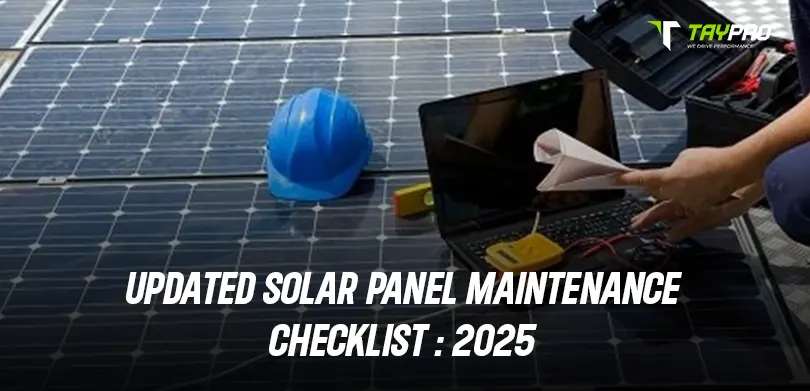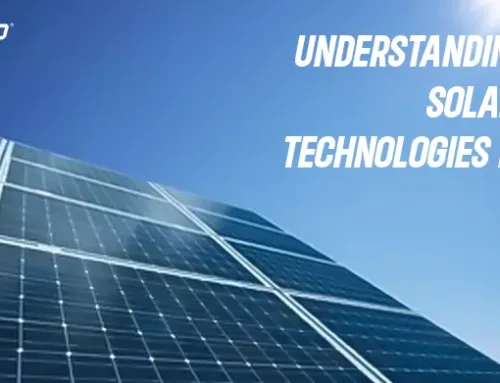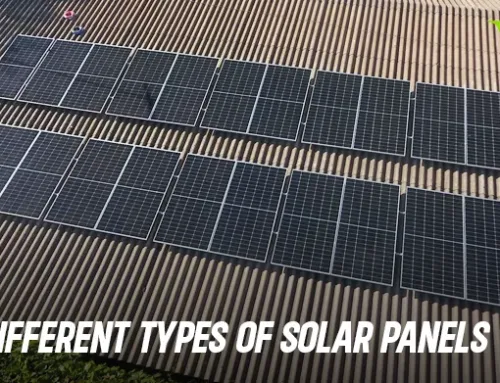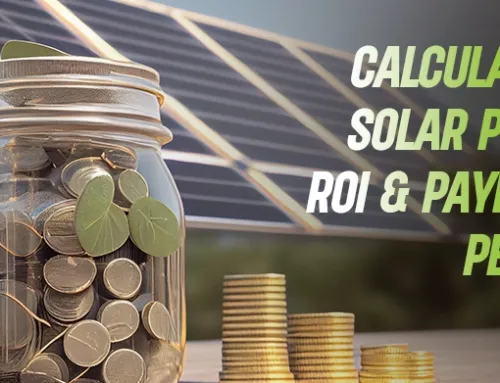Since solar energy is widely preferred and adopted by consumers, it’s essential for everyone to know about solar maintenance. This blog will concentrate on a solar panel maintenance checklist, providing an overview of the various methods involved.
Solar energy is helping to reduce the electricity bills and carbon footprint in every part of the world.
To continue this, solar panel maintenance is crucial to avoid efficiency loss & sudden breakdowns.
Ignoring solar panel servicing can lead to:
- 10% to 20% drop in power generation
- Faster equipment damage or malfunction
- Safety concerns, such as electrical faults
Hence, it’s important to create a solar panel maintenance checklist to help you with:
- Maintaining peak system efficiency
- Identifying issues at an early stage
- Following the manufacturer’s & warranty requirements
- Improving your ROI
Let’s go through this comprehensive solar panel maintenance checklist that will help you get the best out of your solar plant.
Visual Inspections and Cleaning
Solar panels are continuously exposed to the environment, making them prone to dust, bird droppings, etc., that can form a layer over the panel and affect its performance.
Cleaning frequency for panels:
- Urban areas: once a month
- Rural or duty areas: after every 10 to 15 days
- Coastal areas: regular cleaning to avoid salt buildup
- Monsoon season: post rain or storms
Taypro’s automatic solar panel cleaning system schedules frequent cleaning of the solar panels to maintain the plant’s efficiency.
Now, let’s have a look at the cleaning techniques to be followed:
- Use a soft cloth or sponge to avoid dents.
- Avoiding harsh chemicals or detergent powders
- Use purified water to avoid stains
- Avoid high-pressure water sprays & hard brushes.
Regular cleaning is the most efficient method for solar panel maintenance. For larger plants, you can opt for a solar panel cleaning service to gently clean the solar panels.
Along with regular cleaning, a simple inspection of your setup is necessary. These inspections should follow:
- Inspect for cracks on the panel’s glass
- Checking for rust or damage in the frame & mounting structure
- Look for leaves, animal nests, bird droppings & debris on the panel
Even the slightest shadow can reduce the performance of your solar panel. Here are a few things that can cast shadows on your panel:
- Overgrown trees
- New nearby buildings & infrastructures
- Poles, wires or antennas around the plant.
Visual inspection & regular cleaning are the most effective aspects of solar panel maintenance.
Electrical System Checks
Loose or damaged wires are a major safety hazard, and they may lead to a loss of energy. So always inspect these things:
- Loose cable connections
- Burnt or blackened wires
- Chewed wires by rodents like rats
- Corrosion at important touchpoints
The inverter is the most important part of solar energy generation as it converts the absorbed sunlight from the panels into usable electricity. Inverter failure leads to the entire system shutting down; hence, check for:
- Clean & dust-free surfaces
- Adequate ventilation & no overheating
- Error messages or red lights
- Unusual sounds or flickering displays
Maintaining the BOS (Balance of system) is essential as it includes the fuses, switches, junction boxes & breakers. Hence, check these things always:
- Tight cable connections
- No signs of moisture or rust
- Proper labelling & safety signs
To protect your solar plant from lightning or power surges, a good grounding system is required. You should necessarily check:
- Ground wiring is intact & secure
- No signs of rust or corrosion
- Surge protectors are working properly in order
To prevent electrical system failure, regular solar panel servicing is essential.
Monitoring & Performance
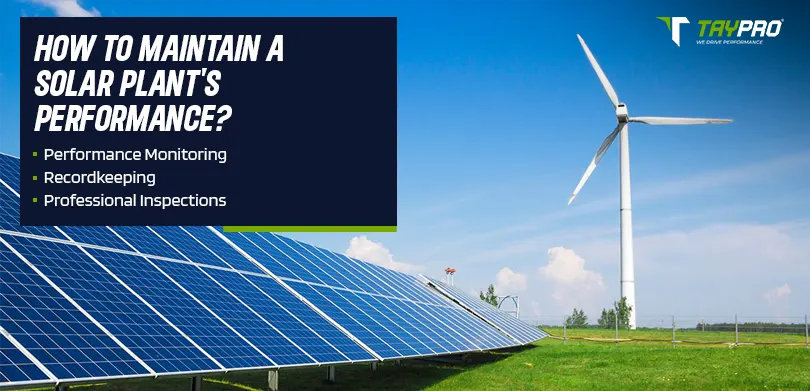
The solar system’s dashboard or mobile app will allow you to check:
- Daily, monthly & weekly energy output
- Past performance comparisons
- Sudden drops or irregular patterns
Recordkeeping by maintaining a regular logbook or digital file will help you track:
- Panel cleaning dates
- Inspection results
- Repairs & servicing visits
- Performance reports
Along with regular personal checks, it’s important to schedule a yearly professional maintenance service for:
- Testing electric safety
- Finding hotspots through thermal cameras
- Check the inverter & battery’s performance
Several solar maintenance servicing packages are offered at affordable prices to help keep your system in optimal condition.
Additional Checks
If your solar energy setup is mounted on the rooftop, then:
- Inspect water leaks & cracks
- Ensure panels aren’t loosened or damaged
- Look for plant or moss growth
The panels are mounted on metal or aluminium frames. Hence, check for:
- Rust or peeling paint
- Loose bolts or fasteners
- Structural cracks
In a combiner box, multiple panel outputs are combined. So make sure:
- All electric terminals are tight
- Every label is visible
- No moisture or dirt inside the box
If you are using a hybrid or off-grid setup, check these things in your solar charge controllers:
- Charging status
- Temperature indicators
- Overloading or error warnings
For the nighttime, the power is backed up by the batteries. So, maintain them by:
- Load testing
- Checking for rust or white deposits on terminals
- Refill water in lead-acid batteries
- Keeping them in a cool & dry place
These additional checks are an important aspect of the solar maintenance checklist.
Repairs & Replacements
Act immediately if you see such warning signs:
- Reduced power output
- Inverter error messages
- Unusual noises or smells
- Panel discolouration or hotspots
Solar panels have a performance warranty of almost 20 to 25 years, and other parts such as inverters & batteries have a 5 to 10 year warranty.
To protect your warranty, you should:
- Keep maintenance records
- Call authorised technicians
- Follow all the recommended servicing schedule
Many brands clearly state that to maintain the warranty eligibility, solar panel servicing must be regularly done. Skipping this will result in rejected claims.
Conclusion
Consistent time and attention every month will help increase your solar plant’s lifespan.
Here’s a final recap of the solar panel maintenance checklist:
- Regular cleaning of panels
- Performing visual inspections for damage
- Checking all electric connections & inverters
- Tracking the system’s performance with monitoring tools
- Scheduling a professional checkup once a year
- Keeping a record of all the maintenance activities
- Act fast towards faults
- Following all the servicing & warranty guidelines
Proper solar panel maintenance will not only increase your panel’s lifespan but also increase the ROI & energy production significantly.
FAQs
In urban areas, once every month and in rural or dusty zones, clean your panels every 10 to 15 days. |
Regular solar panel maintenance keeps your panel efficient, extends its lifespan and helps in avoiding expensive repairs. |
By keeping a solar panel maintenance checklist including cleaning, visual checkups, wiring inspections, inverter testing, & performance monitoring, |
Yes. Schedule a professional solar panel servicing at least once a year. |
If you skip the regular maintenance, it can affect the warranty. |
Signs such as low power output, inverter errors, unusual noises, or visible damage indicate the need for solar plant servicing. |
To maintain the solar panel performance, use the system’s dashboard & mobile app. |
Yes. You can personally clean solar panels using a soft cloth or sponge with clean water. Avoid harsh chemicals & detergents, and use a solar panel cleaning service for large-scale solar power plants. |

